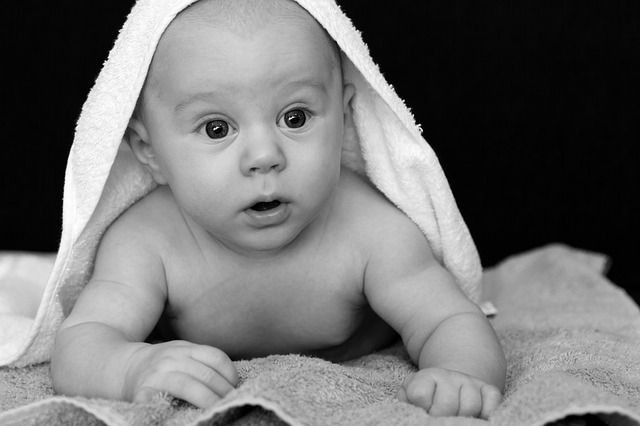Are Babies Racist? Bias Noted In Children As Young As 6 Months Who Prefer Their Own Race
According to science, the Tony-winning musical Avenue Q was right; everyone is a little bit racist — even babies. New research has found that babies display signs of racial bias from a surprisingly young age. However, the team believe that exposing children early to other races and cultures may prevent such biases from taking hold.
The two studies, published online in the journal Child Development, found that babies as young as six to nine months demonstrate bias in favor of members of their own race and bias against those of other races. Infants in the study were more inclined to learn new information and have positive associations from same-race adults than other adults in the absence of seeing a familiar face of a parent or family member. The team doesn't believe this type of behavior is innate, but rather a result of not being exposed to faces of other-races early in life.
"The results show that race-based bias already exists around the second half of a child's first year," explained lead researcher Dr. Kang Lee in a recent statement. “This challenges the popular view that race-based bias first emerges only during the preschool years."
Read: Racism In America: Children Who Don't Have The 'Race Talk' Face Negative Psychological Effects
For the study, the team had babies from age 3 to 10 months watch videos of female adults with neutral faces with either happy or sad music playing. Results showed that babies looked longer at same-race females when happy music was playing and looked longer at different race females when sad music was playing. The second experiment was a learning experiment which showed that six- to eight-month-old babies were more likely to follow instructions and learn from same-race faces than they were from others.

Result show just how much subconscious racial bias may dictate our life choices, and it happens before we understand the idea of free will.
“It permeates almost all of our social interactions, from healthcare to commerce, employment, politics, and dating,” explained Lee. “Because of that, it's very important to study where these kinds of biases come from and use that information to try and prevent racial biases from developing.”
Racial bias may exist, but that doesn't mean we have no options to combat it; for example, exposure can go a long way. In the past, it was thought that negative association with different races resulted from negative experiences with a person of that race during childhood. We now know this isn't true.
Childhood experiences with other races are important, as they teach young children to understand other races exist, and they shouldn't be approached with fear. While it may be unreasonable to ask parents to befriend individuals of every single race as a way to introduce these cultures to their infant children, even something as simple as more diversity in children’s television shows can go a long way.
Source: Xiao NG, Wu R, Quinn, PC, et al. Infants Rely More on Gaze Cues From Own-Race Than Other-Race Adults for Learning Under Uncertainty. Child Development , 2017
Xiao NG, Wu R, Quinn, PC, et al. Older but not younger infants associate own-race faces with happy music and other-race faces with sad music. Developmental Science , 2017
See Also:
Racism Linked To Depression, Anxiety In Kids; Blacks, Hispanics, And Asians At Highest Risk
Mixed-Race People Experience Racism, But It Depends On Where They Live



























